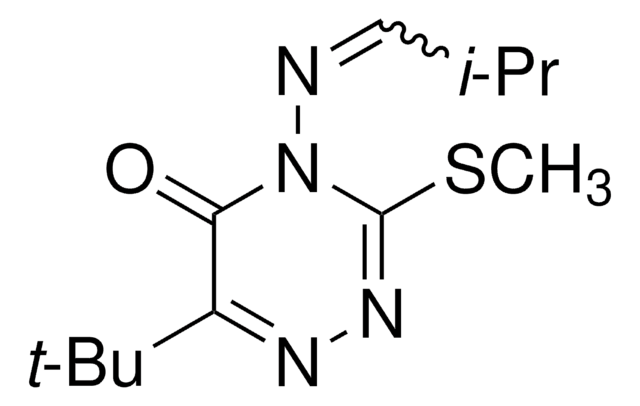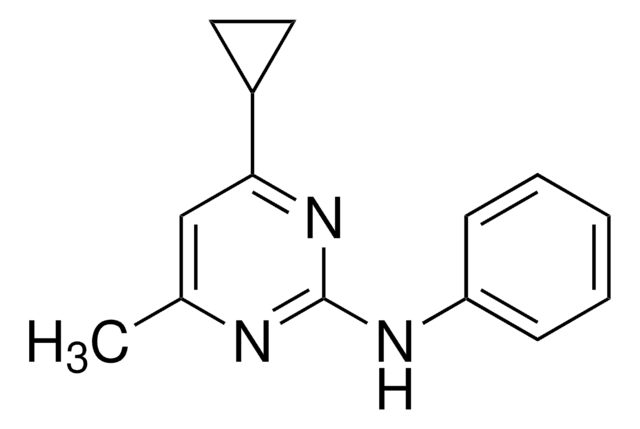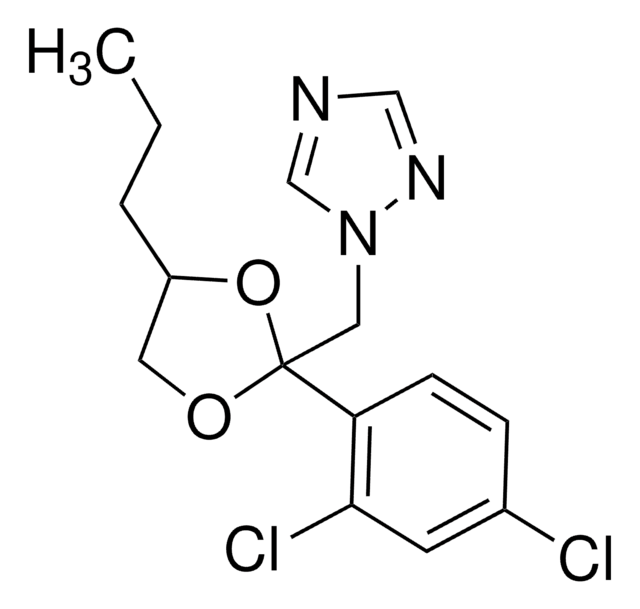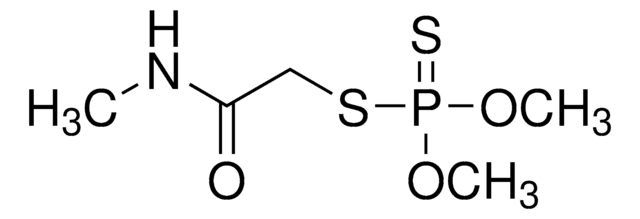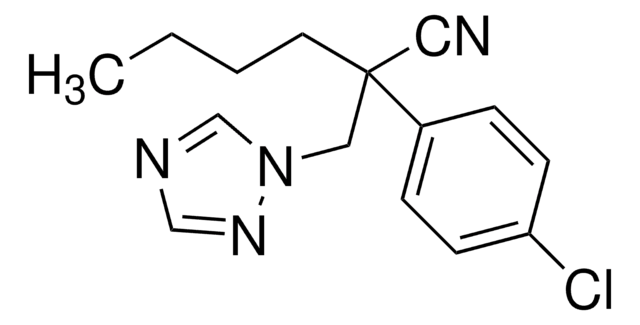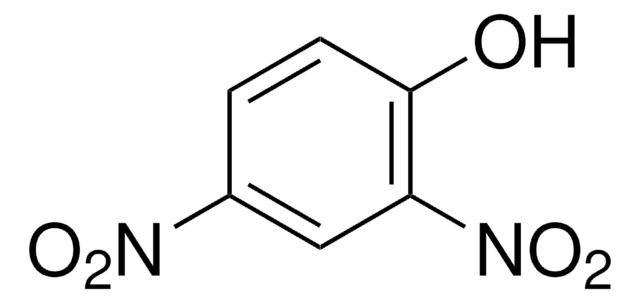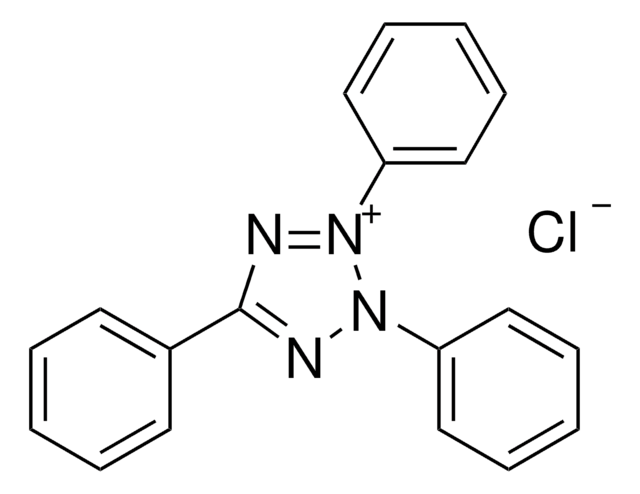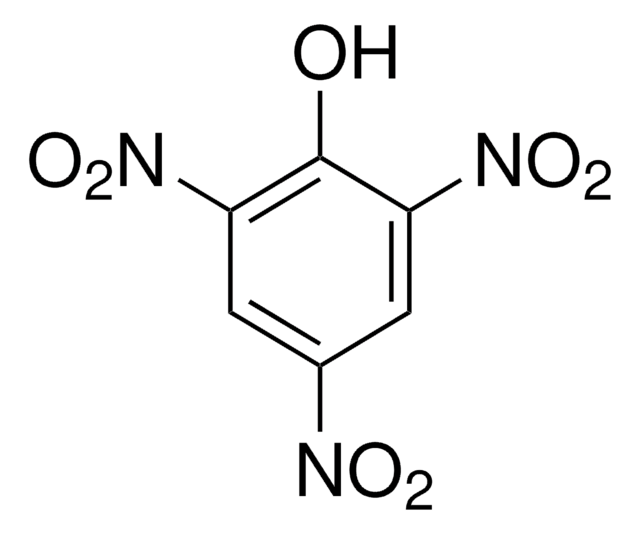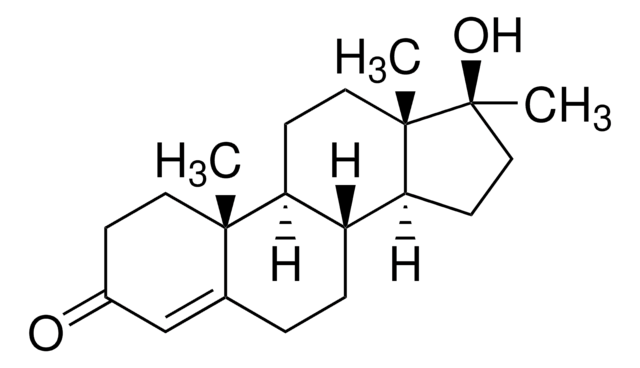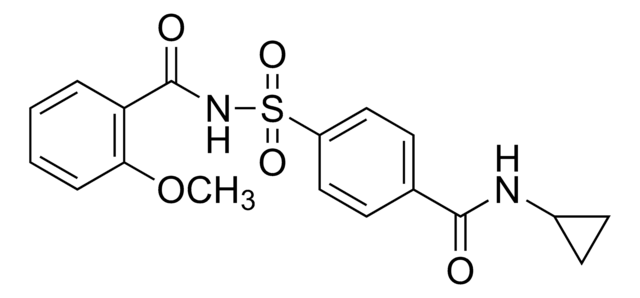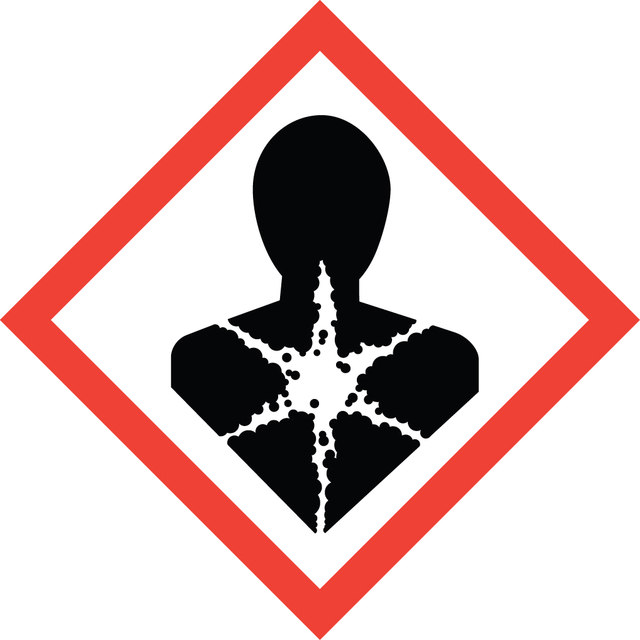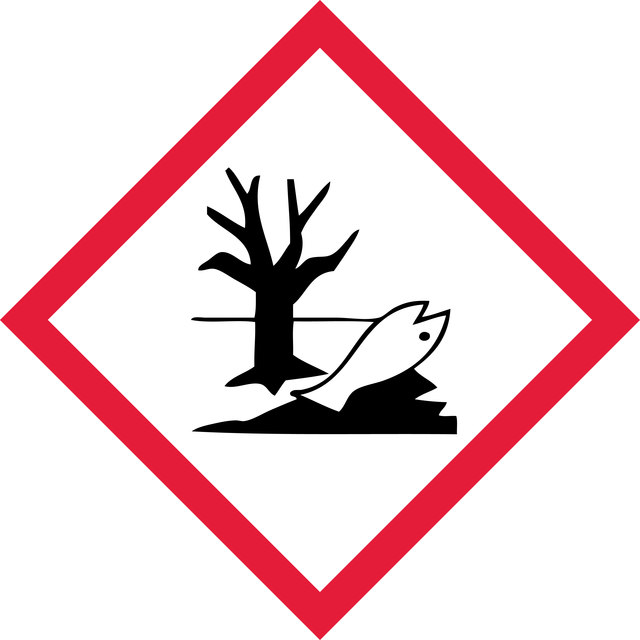所有图片(1)
About This Item
经验公式(希尔记法):
C17H12Cl2N2O
CAS号:
分子量:
331.20
Beilstein:
5972869
EC 号:
MDL编号:
UNSPSC代码:
41116107
PubChem化学物质编号:
NACRES:
NA.24
推荐产品
等级
analytical standard
质量水平
产品线
PESTANAL®
保质期
limited shelf life, expiry date on the label
技术
HPLC: suitable
gas chromatography (GC): suitable
应用
agriculture
cleaning products
cosmetics
environmental
food and beverages
personal care
包装形式
neat
SMILES字符串
OC(c1ccc(Cl)cc1)(c2cncnc2)c3ccccc3Cl
InChI
1S/C17H12Cl2N2O/c18-14-7-5-12(6-8-14)17(22,13-9-20-11-21-10-13)15-3-1-2-4-16(15)19/h1-11,22H
InChI key
NHOWDZOIZKMVAI-UHFFFAOYSA-N
正在寻找类似产品? 访问 产品对比指南
一般描述
Fenarimol belongs to the pyrimidine class of compounds.
应用
Fenarimol may be used as an analytical reference standard for the determination of fenarimol in:
- Honeys, honeybees and pollens by QuEChERS extraction followed by analysis using liquid chromatography-electrospray ionization-tandem mass spectrometry (LC-ESI-LC-MS/MS) combined with multiple reaction monitoring (MRM) detection.
- Grapes by ethyl acetate extraction, dispersive solid phase extraction (d-SPE) clean-up and LC-ESI-MS/MS with MRM detection.
- Fruit-based baby food samples by programmed temperature vaporizer injection-low pressure gas chromatography coupled with high resolution time-of-flight mass spectrometry (PTV-LP-GC-HR-TOF-MS).
- Foodstuffs by capillary GC-MS equipped with electron impact (EI) mode of ionization.
- Soya grain samples by LC-ESI-MS/MS.
Refer to the product′s Certificate of Analysis for more information on a suitable instrument technique. Contact Technical Service for further support.
法律信息
PESTANAL is a registered trademark of Merck KGaA, Darmstadt, Germany
警示用语:
Warning
危险声明
危险分类
Aquatic Chronic 2 - Lact. - Repr. 2
储存分类代码
11 - Combustible Solids
WGK
WGK 2
闪点(°F)
212.0 °F - closed cup
闪点(°C)
100 °C - closed cup
个人防护装备
Eyeshields, Gloves, type P3 (EN 143) respirator cartridges
法规信息
农药列管产品
G Janer et al.
Aquatic toxicology (Amsterdam, Netherlands), 71(3), 273-282 (2005-01-27)
Testosterone conjugation activities, microsomal acyltransferases and cytosolic sulfotransferases, were investigated in three invertebrate species, the gastropod Marisa cornuarietis, the amphipod Hyalella azteca, and the echinoderm Paracentrotus lividus. The goals of the study were to characterize steroid conjugation pathways in different
Karen L Thorpe et al.
Aquatic toxicology (Amsterdam, Netherlands), 85(3), 176-183 (2007-10-19)
Mechanism specific biomarkers are used in ecotoxicology to identify classes of chemicals and to inform on their presence in the environment, but their use in signalling for adverse effects has been limited by a poor understanding of their associated links
Jin-Cheol Kim et al.
Pest management science, 60(8), 803-808 (2004-08-17)
Methanol extracts of fresh materials of 183 plants were screened for in vivo antifungal activity against Magnaporthe grisea, Corticium sasaki, Botrytis cinerea, Phytophthora infestans, Puccinia recondita and Erysiphe graminis f sp hordei. Among them, 33 plant extracts showed disease-control efficacy
Helle Raun Andersen et al.
Toxicology letters, 163(2), 142-152 (2005-12-06)
The fungicide fenarimol has the potential to induce endocrine disrupting effects via several mechanisms since it possesses both estrogenic and antiandrogenic activity and inhibits aromatase activity in cell culture studies. Hence, the integrated response of fenarimol in vivo is not
Martine Keenan et al.
Journal of medicinal chemistry, 56(24), 10158-10170 (2013-12-07)
Chagas disease, caused by the protozoan parasite Trypanosoma cruzi (T. cruzi), is an increasing threat to global health. Available medicines were introduced over 40 years ago, have undesirable side effects, and give equivocal results of cure in the chronic stage
我们的科学家团队拥有各种研究领域经验,包括生命科学、材料科学、化学合成、色谱、分析及许多其他领域.
联系技术服务部门